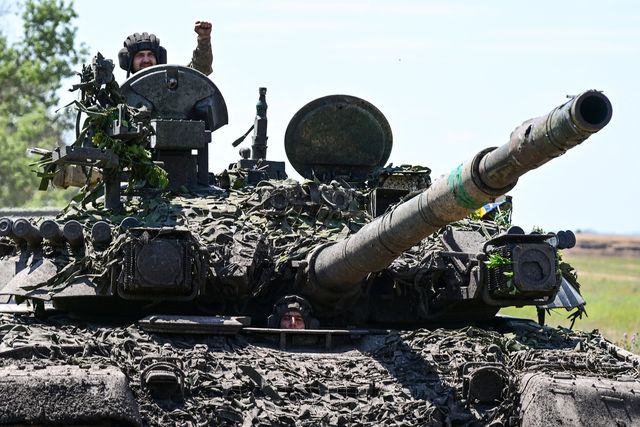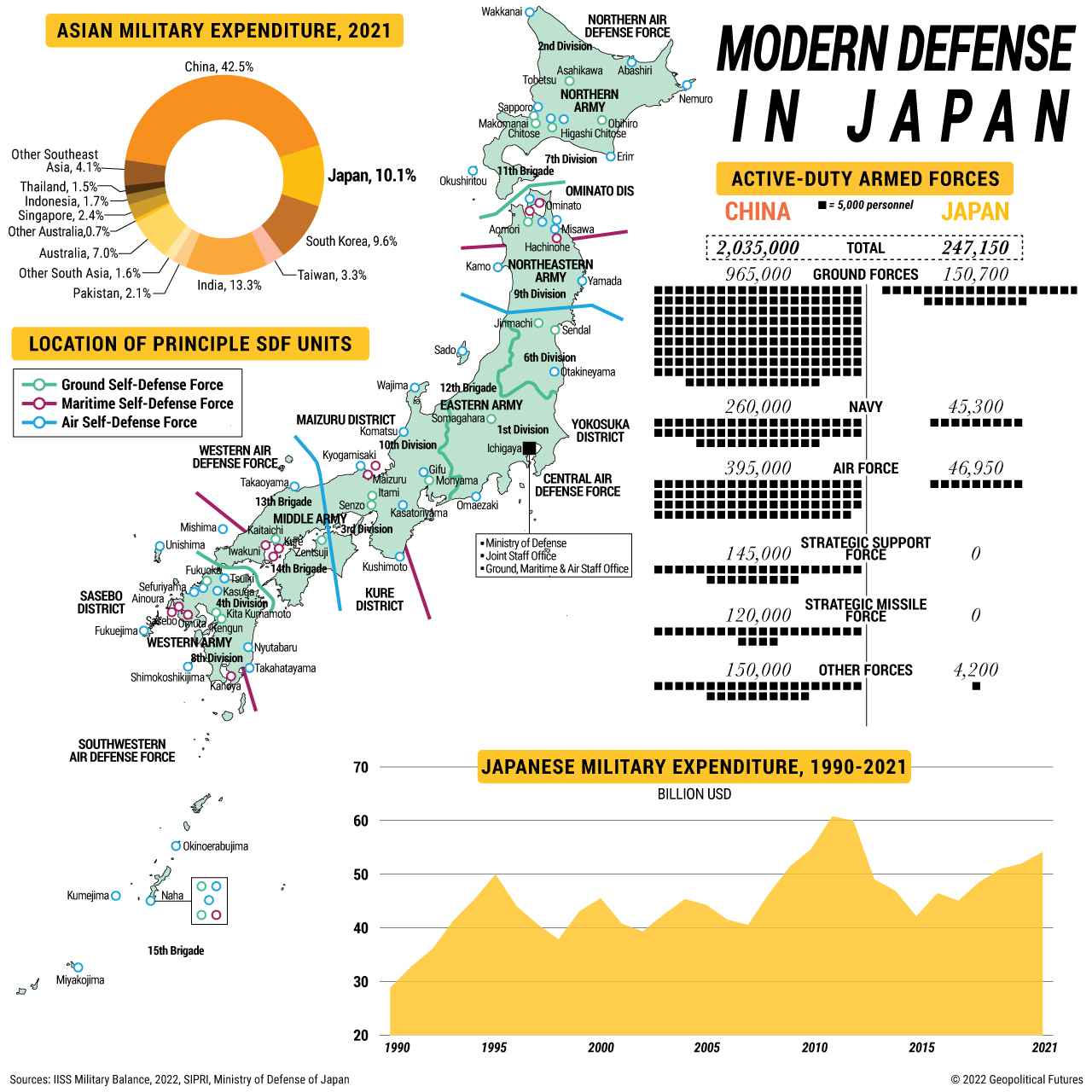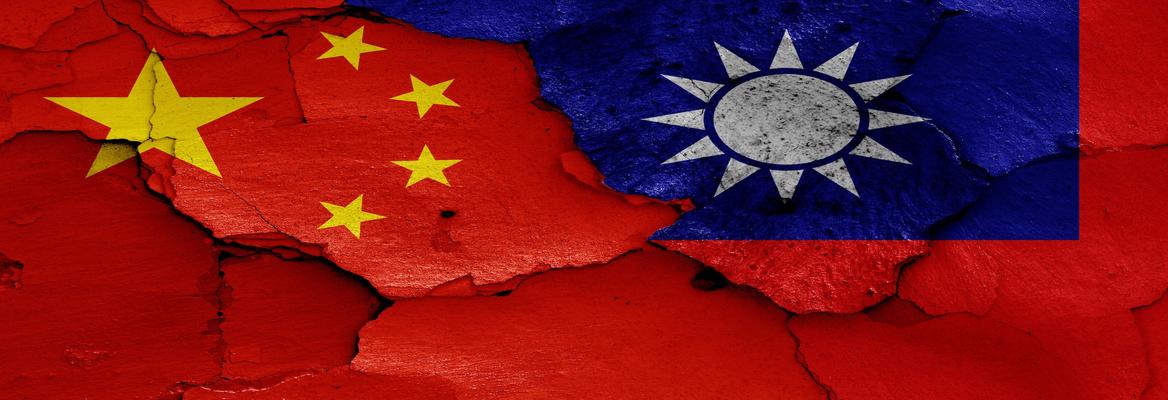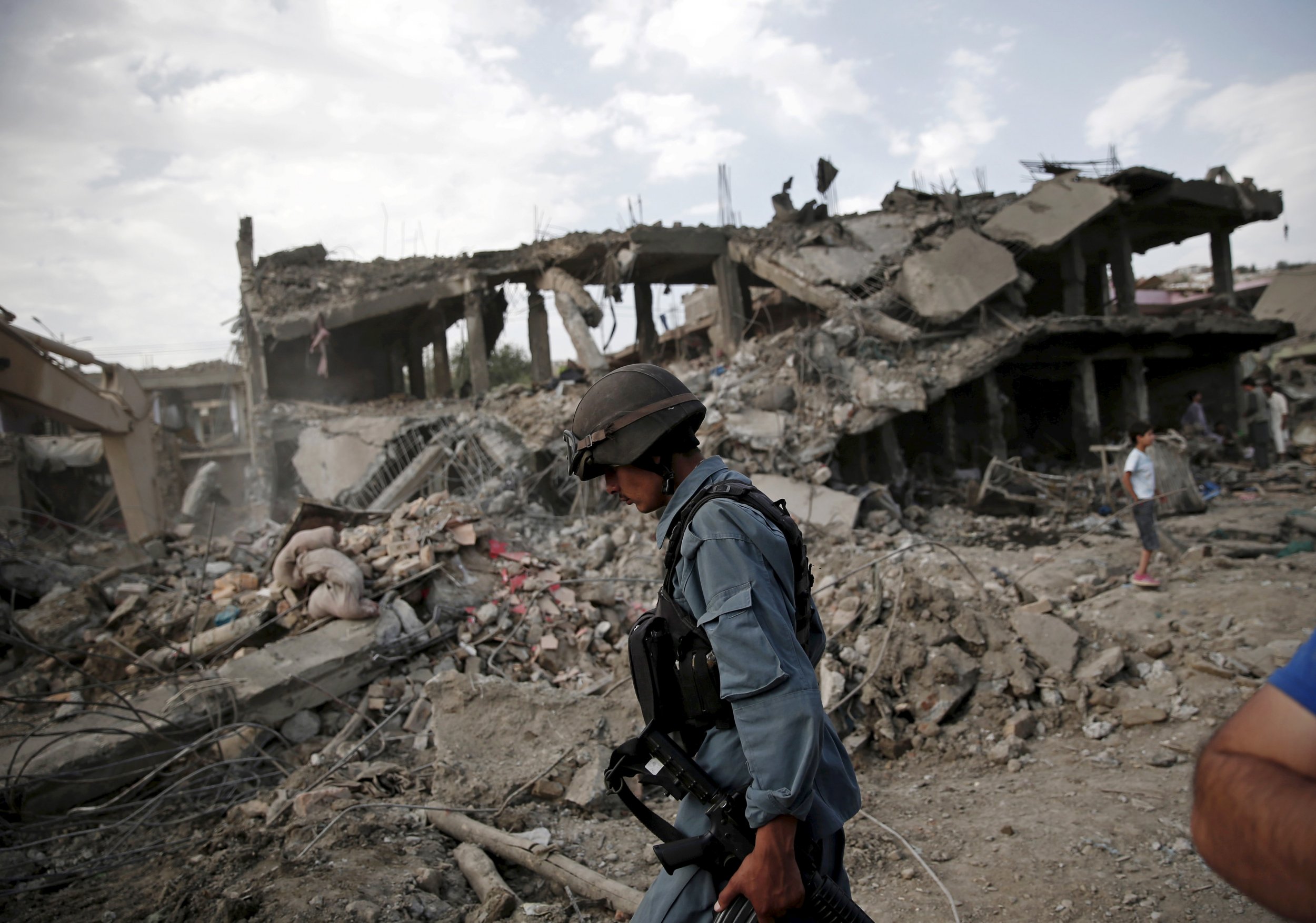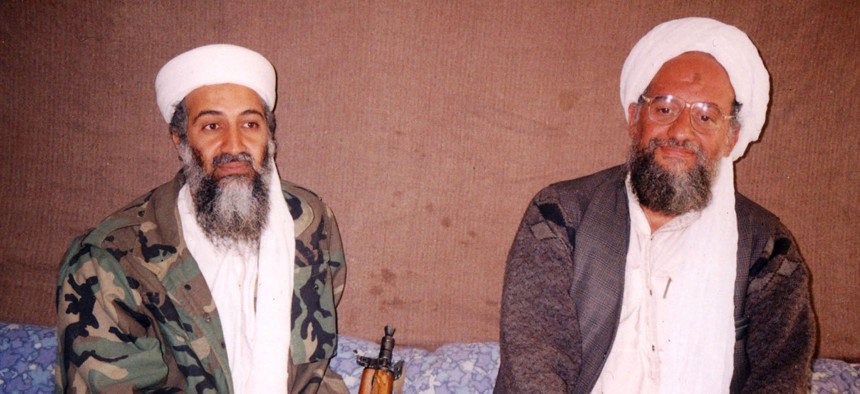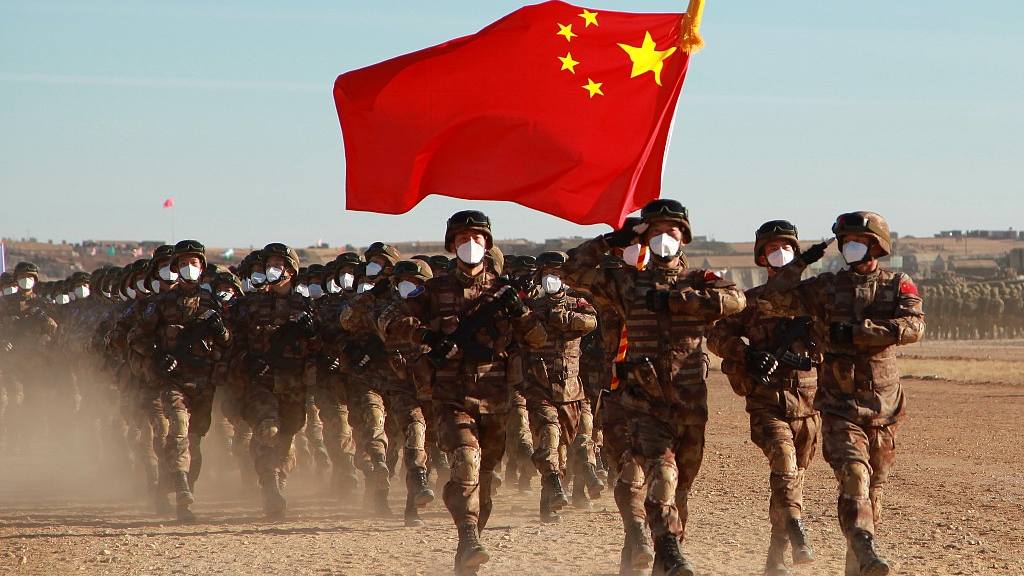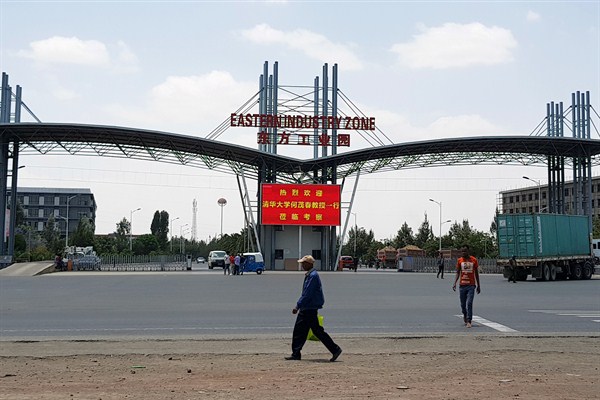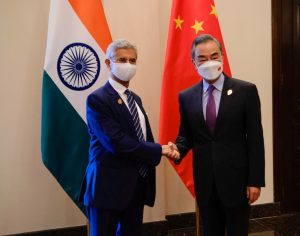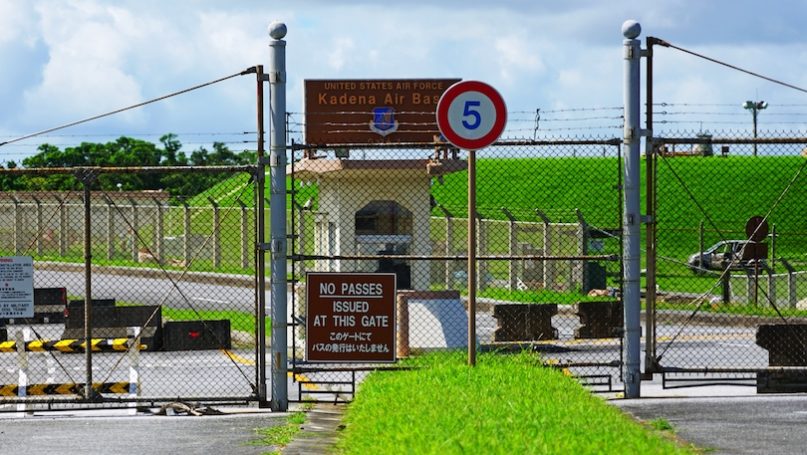Cleo Paskal
In this edition of “Indo-Pacific: Behind the Headlines”, we speak with Se Hoon Kim, the Director of the Captive Nations Coalition of the Committee on Present Danger: China. For the last eight years, he has been advocating for the security of India as well as increased global economic ties with India.
Q: How did you become interested in India?
A: I’m part of what’s called the Kims of the Gimhae clan—descendants of Queen Suriratna who, around 2,000 years ago, came from India to Korea and married King Suro. They founded a very well-known kingdom that once existed in southern Korea.
The first people who told me the story were my mother and my father: “we don’t know much about India, but never forget that this is what you are from.” In Korea, anyone who has heard this story, is extremely fascinated by it.


